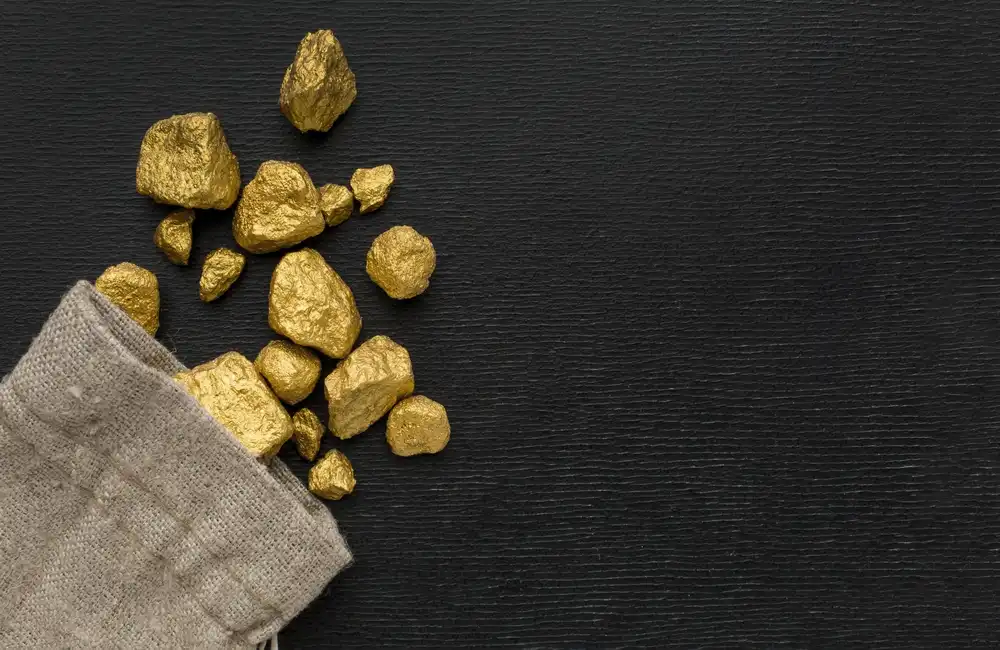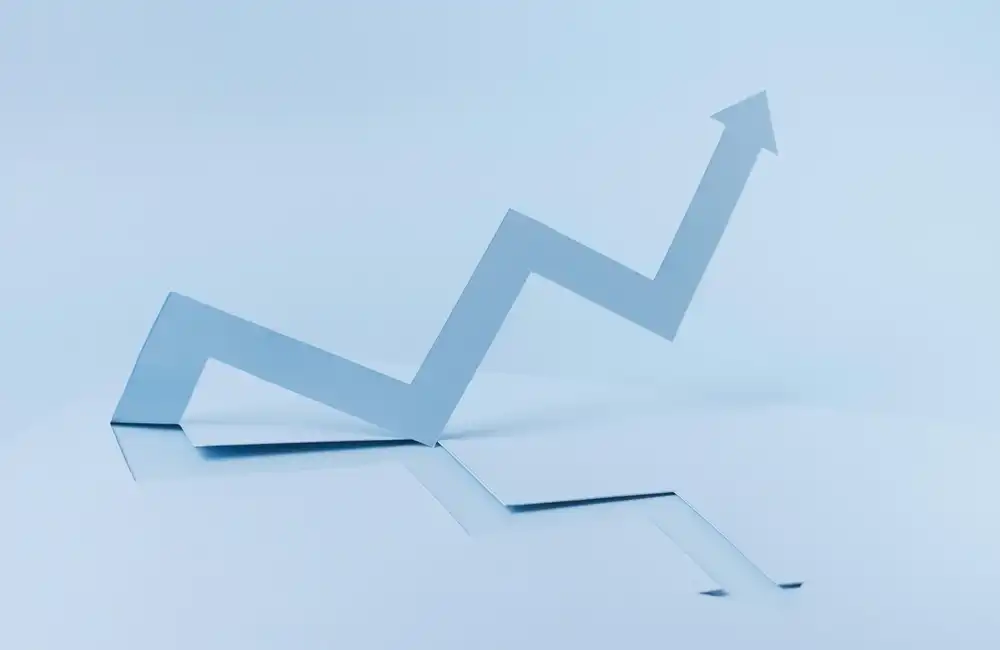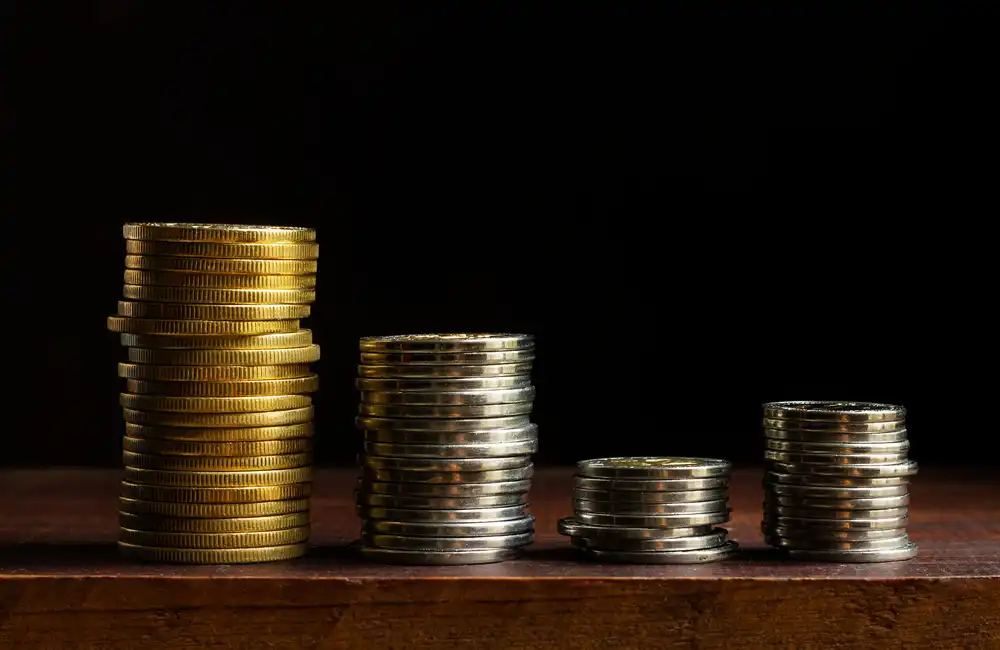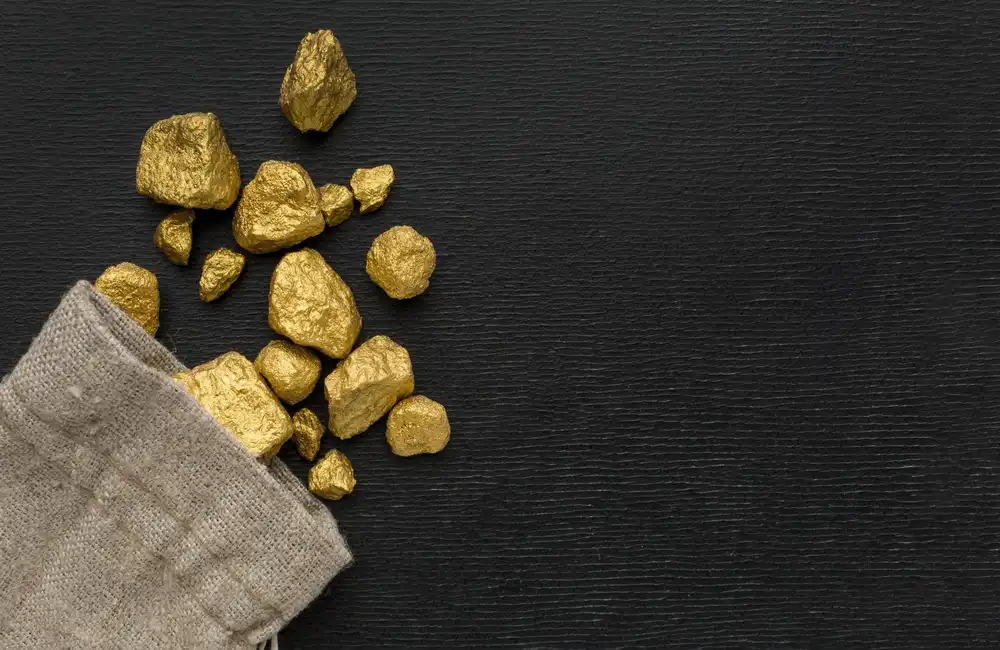Investors recognise gold and silver as popular investment choices, but many misunderstandings exist.
Despite being among the oldest forms of investment, gold and silver remain widely misunderstood. These precious metals often evoke mixed reactions, ranging from excitement to scepticism. While some perceive them as the ultimate safety net, others dismiss them as outdated assets with little practical value. To cut through the noise, we’re here to debunk the most persistent myths and clarify the real role of gold and silver in a diversified investment portfolio.
Myth 1: Precious Metals Don’t Offer Real Returns
It’s often said that gold and silver don’t provide "real returns" because they don't generate income like stocks or bonds. While it’s true that precious metals don’t pay dividends or interest, this perspective misses their primary appeal. The value of gold and silver lies in their ability to preserve purchasing power and act as long-term growth assets.
Historically, gold and silver have excelled during periods of inflation or economic uncertainty. For instance, during the 1970s, a decade marked by high inflation, gold prices surged by more than 1,400%. More recently, in 2020, during the global pandemic-induced recession, gold reached an all-time high, demonstrating its resilience. While they may not follow the same trajectory as income-generating assets, their utility lies in their capacity to store and even grow wealth when financial markets falter.
Myth 2: Gold and Silver Are Only for Crisis Periods
A common misconception about gold and silver is that they are useful only during times of crisis. While it’s true that investors flock to these metals when uncertainty strikes, this is only part of the story.
Gold and silver play a crucial role in portfolio diversification and wealth preservation, serving as a hedge against currency devaluation and systemic risks. Institutional investors often integrate precious metals into their holdings as a long-term strategy, not just a reactive measure. For example, the World Gold Council reports that central banks worldwide have steadily increased their gold reserves over the past decade, underscoring its strategic value even when markets are stable.
Myth 3: Silver Is Just ‘Poor Man’s Gold’
Silver is often unfairly labelled as “poor man’s gold,” implying that it’s merely a cheaper, less desirable alternative. However, silver holds unique qualities that set it apart from gold.
Unlike gold, which is predominantly seen as a store of value, silver carries significant industrial demand. It’s a key component in various industries, including electronics, solar energy, and the rapidly growing electric vehicle (EV) market. This dual role makes silver more volatile than gold but also positions it for potentially greater growth during economic recoveries and technological advancements.
Additionally, in bull markets for precious metals, silver historically outpaces gold in terms of percentage gains. For investors willing to tolerate some risk, silver can represent an opportunistic part of a diversified strategy, driven not only by its monetary value but also its industrial applications.
Myth 4: It’s Too Late to Invest in Gold and Silver
Another common myth is that the "window of opportunity" for investing in gold or silver has passed. Many people believe that when prices surge, they’ve already missed the boat.
The reality is that gold and silver remain relevant regardless of their current price levels. Ongoing economic shifts, such as rising currency pressures, inflationary concerns, and global geopolitical tensions, ensure continued demand for precious metals. For example, as central banks expand their balance sheets and fiat currencies face devaluation risks, gold and silver act as safe-haven assets that retain their allure across market conditions.
Furthermore, the cyclical nature of commodities means there are always opportunities within the broader trends. Even if prices seem high, the long-term outlook for gold and silver supported by macroeconomic factors makes them valuable components of a resilient portfolio.
Myth 5: Only Physical Bullion Matters
When people think of investing in gold or silver, images of coins and bars often come to mind. While physical bullion is a popular option, it’s far from the only way to gain exposure to precious metals.
Investors today can explore several alternatives:
- ETFs (Exchange-Traded Funds): These enable you to track the price movements of gold or silver without handling the physical metals, providing liquidity and simplicity.
- Mining Stocks: Investing in companies that mine gold and silver can offer leveraged exposure to precious metal prices whilst also incorporating business performance.
- Streaming and Royalty Companies: These firms provide funding for miners in exchange for a share of future production, offering potentially lower risk and diversified income.
- Digital Platforms: Newer technologies allow investors to buy and hold digital gold or silver, which is backed by physical assets but avoids the logistical headaches of storage and transport.
Each option has its own set of pros and cons. While physical bullion is tangible and straightforward, non-physical investments often provide greater flexibility and diversification opportunities.
Myth 6: You Need to Be Wealthy to Invest in Precious Metals
The perception that investing in gold and silver is reserved for the wealthy is both outdated and inaccurate. Fractional investing has made these assets more accessible than ever before.
Today, you can own gold and silver without needing to spend thousands. Fractional ownership allows you to buy small amounts of these metals, while ETFs and digital platforms require minimal initial investments. This means anyone, regardless of their financial standing, can benefit from the stability and security that precious metals offer.
At Advisor’s Gateway, we provide tools and resources to help investors at all levels discover options suited to their needs and budgets, ensuring that gold and silver investments are accessible to everyone.
Think Beyond the Myths
Investing in gold and silver is often shrouded in misconceptions, but by examining the facts, one thing becomes clear: these timeless assets offer unique benefits that can strengthen and diversify any portfolio.
Don’t fall for the myths. Stay informed, ask questions, and challenge surface-level assumptions when building your metals strategy. At Advisor’s Gateway, we’re here to help you make smarter investment decisions.
Sign up for our fortnightly newsletter today to receive expert insights, market trends, and tools to confidently navigate the precious metals space. The next great addition to your portfolio could be just one step away!




















